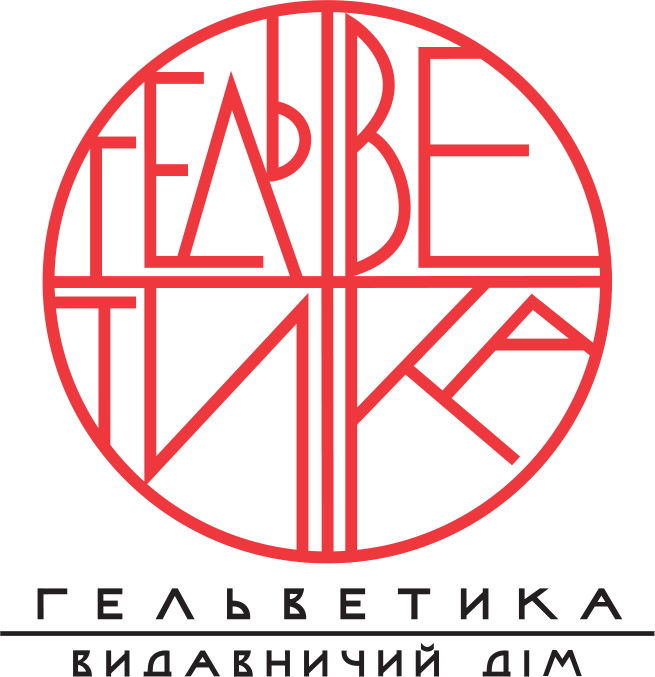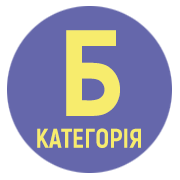JIANG CHUNMING: PHOTOREALISM AS A BRIDGE BETWEEN TRADITIONAL AND CONTEMPORARY CHINESE LANDSCAPE
DOI:
https://doi.org/10.32782/uad.2025.1.5Keywords:
fine art, painting, photorealism, genre, tradition, landscape, Sichuan school of painting, China, Jian ChongmingAbstract
The article examines the work of the contemporary Chinese artist Jian Chongming (简崇民), which uniquely combines photorealistic techniques with images of the regional identity of Sichuan Province. The scientific novelty of the article lies in the coverage of Jian Chongming's landscape painting, which acquired its originality in the synthesis of traditional and modernist techniques, and the analysis of its compositional and colouristic principles. It is shown how the symbolism of colours of traditional ink painting is integrated by the artist into the modern landscape genre. The analysis of the master's works is mainly devoted to the landscapes of Sichuan, where mountains, rivers and rural motifs serve as symbols of cultural memory. Through the photorealistic technique, Jian Chunming conveys the philosophical connotations inherent in the Chinese cultures of Taoism and Confucianism, in which landscapes embody the harmony of man with nature. In today's world, dominated by photography and digital technologies, the artist uses photorealism as a way of understanding reality, reminding us of the value of nature and the need to preserve its original beauty. The author of the article focuses on the peculiarities of the artist's painting method, in which traditional elements of shan-shui (‘mountain-water’) painting are integrated into the modern context of the realistic trend. The artist's artistic method illustrates his inner feelings and attitude to the economic and social transformations in the country. Jian Chunming not only documents the changes, but also creates visual manifestos that raise issues of ecology, loss of authenticity and the place of man in the world. The study is based on the analysis of the composition, colour palette and symbolism of the artist's works based on his interviews and exhibition projects. It is determined that the artist's paintings embody not only the visual beauty of nature, but also its emotional depth, which is inherent in the traditional Chinese landscape. Jian Chongming's work is not just an art of ‘technical reproduction’, but a complex dialogue between local identity and global challenges, which makes him one of the key figures of contemporary Chinese realism.
References
Ковальова М., Лю Фань. Олійний пейзажний живопис в Китаї XX століття (традиційні та інноваційні особливості). Актуальні питання гуманітарних наук: міжвузівський збірник наукових праць молодих вчених Дрогобицького державного педагогічного університету ім. І. Франка. Вип. 33. Дрогобич, 2020. С. 68–75.
Сунь Ке. Китайський олійний живопис періоду шрамів мистецтва та виникнення неокласицизму. Вісник Львівської національної академії мистецтв. 2018. № 37. С. 285–304.
Сяотянь Гао. Перфомативні практики в сучасному образотворчому мистецтві Китаю: морфологічний аспект. Актуальнi питання гуманiтарних наук: міжвузівський збірник наукових праць молодих вчених Дрогобицького державного педагогічного університету ім. Івана Франка. 2023. Вип. 69, т. 3. С. 84–91.
Чжижун Ген. Фотореалізм у сучасному китайському живописі: жіночий портрет. Традиції та новації у вищій архітектурно-художній освіті. 2018. № 6. С. 47–55.
Barnhart R., Yang Xin, Nie Chongzheng & more. Three Thousand Years of Chinese Painting. Yale: University Press, 2002. 416 p.
Clunas C. Arts in China. Oxford: Oxford University Press, 1997. 256 p.
Meserve W. J., Meserve R. I. Revolutionary realism: china's path to the future. Journal of South Asian Literature. 1992. Т. 27. №. 2. Р. 29–39.
Sullivan M. The Arts of China. Berkeley: University of California Press, 1984. 278 p.
鲁虹.新世纪以来的中国当代油画. 画刊. 2011.№ 6. 页. 27–29.
徐铭. 浅谈光与色对现代中国画创新的影响. 理论与创作. 2005. № 3. 页. 124–125.



